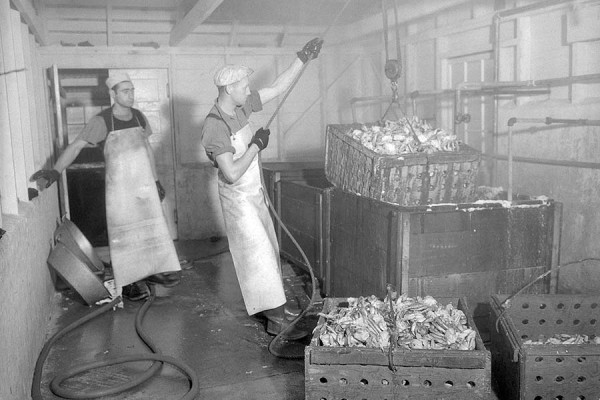
For well over 100 years commercial fishing has been a major ingredient in the economy of Grays and Willapa harbors. In all kinds of weather at all times of year, fishermen have returned with catches of salmon, crab, tuna, shrimp, bottom fish, halibut, sardines, whiting, eels, sharks and whales. Apologies to any species left out.
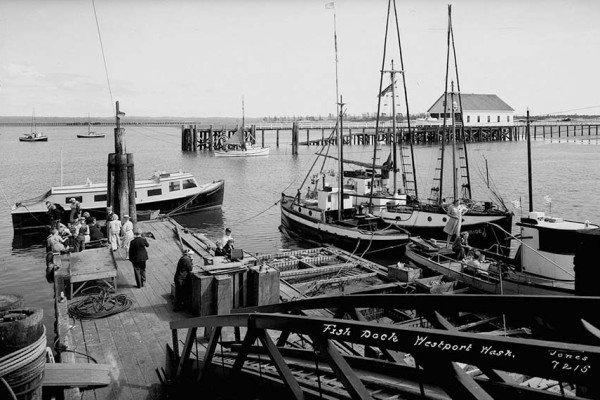 Their vessels, from tiny skiffs to huge floating fish factories, have been powered by oars, wind, gasoline and diesel, allowing them to go out farther and farther.
Their vessels, from tiny skiffs to huge floating fish factories, have been powered by oars, wind, gasoline and diesel, allowing them to go out farther and farther.
It’s hard, sometimes dangerous work that happens far from help. Sometimes — especially in the early days — the vessels didn’t return at all. On April 5, 1933, a sudden storm took the lives of 19 fishermen trying to get back in over the Grays Harbor bar, the worst fishing disaster the area’s ever seen.
It’s hard to say exactly how far back commercial fishing goes. A history on the website of the Port of Grays Harbor, which runs the Westport Marina, where most of the Grays Harbor fleet is based, dates it back to the 1880s. It may depend on how one defines commercial fishing. A few years ago at Hoquiam, archaeological evidence was discovered of Native American fish traps dating back 650 years. If someone traded that salmon for elk meat, you could say it goes back at least that far.
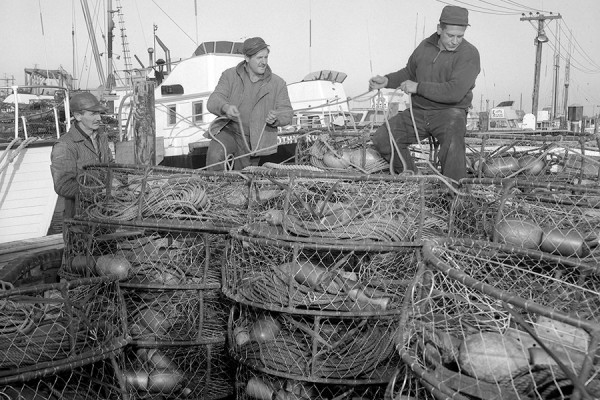 Salmon was the target at first, with traps and gillnets. When the traps were outlawed, gillnets were used in the harbors and the boats had sails. As gas and diesel engines were introduced in the 1920s, troll fishing for salmon and trawling for bottom fish grew.
Salmon was the target at first, with traps and gillnets. When the traps were outlawed, gillnets were used in the harbors and the boats had sails. As gas and diesel engines were introduced in the 1920s, troll fishing for salmon and trawling for bottom fish grew.
Ernie Summers, who headed the Crab Fishermen’s Association for years, thinks the dungeness crab fishery probably dates back to the 1920s when small boats stayed in the harbor and dropped small ring nets over the side and pulled them up to check them a short time later. In the 1930s or ‘40s, large, metalframed pots covered in wire were introduced and the catches were much more plentiful and the fishery moved from the bay to the ocean. The first pots were made from copper frames, Summers says, but he recalls seeing one in the early days that was made of bent crab apple branches covered in chicken wire.
Another thing that sparked a huge expansion was the proliferation of canneries, Summers said. Before that, fish buyers from Portland and Seattle took most of the catch for the fresh market. According to the website Historylink.org, commercial fishing flourished during World War II, when the government ordered tons of salmon and tuna for the war effort, and then after the war when the Port of Grays Harbor expanded the marina to accommodate a bigger fleet.
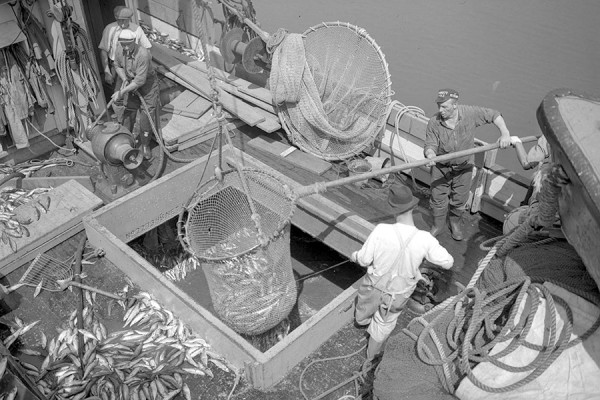 “Upgrades to the Westport Marina brought commercial and sport fishing vessels, and by the end of the 1940s their business proved good enough to maintain two stores, two fishpacking plants, a tavern and a restaurant,” according to Historylink.org.
“Upgrades to the Westport Marina brought commercial and sport fishing vessels, and by the end of the 1940s their business proved good enough to maintain two stores, two fishpacking plants, a tavern and a restaurant,” according to Historylink.org.
After the war, improvements in equipment and vessels and investments in canneries were responsible for more growth. Dick Branshaw is 87 and fished until about six years ago. He started in 1947, gillnetting on Grays Harbor with a 16foot skiff and a Mercury motor. In those days they fished at night because the nets were made from linen and during the day, fish could see them and swim around. He lived on the water in a float house five days a week and went home on weekends. “There were three of us, I don’t think it was even 10 by 12, four bunks and a big stove,” he recalls. “We were comfortable. It was what it was. We just lived that way.”
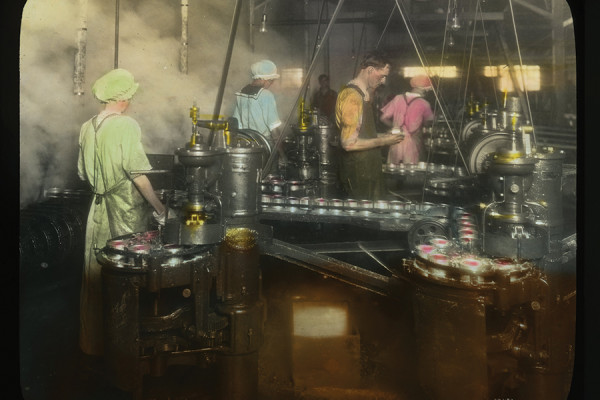 He remembers a particular day in the first few years when he considered a career change. He was on the water, in a blizzard, with nothing but cotton gloves on his hands. “I was making $15 dollars a day and I wanted to quit so bad, but my wife was home, pregnant, and I just couldn’t.”
He remembers a particular day in the first few years when he considered a career change. He was on the water, in a blizzard, with nothing but cotton gloves on his hands. “I was making $15 dollars a day and I wanted to quit so bad, but my wife was home, pregnant, and I just couldn’t.”
Benjamine Downs is in his 39th year as a commercial fishermen, most of it as a trawler, dragging large nets for bottom fish, Pacific whiting, pink shrimp or spot prawns.
The biggest changes he’s seen are the technological advances and the regulatory approach designed to protect certain species, Downs said. “It’s not about catching more fish, it’s about reducing the bycatch” of unintended species. Ground fish trawling started in the 1920s with diesel engines, Downs said. Before that, vessels powered by sail didn’t have the pulling capacity to drag the nets.
The halibut fishery on the Northwest coast goes back more than 100 years, Downs said, when vessels of 80 to 100 feet would go way out on the ocean and launched dories so men could fish with hand lines. The large vessels could stay out for months, packing their catch in salt, he said.
The groundfish fleet, what’s left of it on the West Coast, goes out farther and fishes deeper than ever, he said, but it’s virtually gone from Westport. The bright spot right now is the pink shrimp fishery, Downs said. Millions invested in processing facilities have caused the pink shrimp fleet to grow from 8 to 28 boats. A few years ago a really good year on Grays Harbor would be 10 million pounds of pink shrimp. Last year it jumped to 29 million.